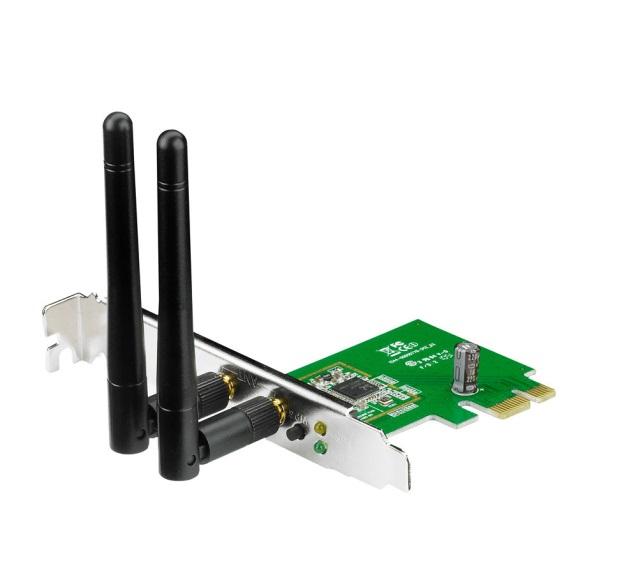- Related articles
- All Cisco DWDM-XFP-58.98's information (List price, Specs, Datasheet PDF, Compatibility ma
- What is the Difference Between GBIC and SFP?
- What is multi-mode and single-mode fiber?
- Optical Transceivers for Cisco WS-C2960+48TC-L Switch
- The Difference between Fast Ethernet Card and Gigabit Ethernet Card
- Optical Transceivers for Cisco WS-C3650-24PD-S Switch
- Optical Transceivers for Cisco SG300-10SFP-K9-EU Switch
- Types of network card speed
- All Cisco QSFP-40G-SR4’s Information (Overview, Features, Datasheet PDF, Price, Specificat
- All Cisco SFP-OC48-LR2's information (List price, Specs, Datasheet PDF, Compatibility matr

Peripheral Component Interconnect (PCI) - also called conventional PCI - is an industry specification created in 1992 for connecting local peripheral hardware to a computer's central processing system. PCI defines the electrical characteristics and signal protocols used for devices to communicate over a computer's central bus.
PCI was traditionally used as the computer bus interface for network adapter’s add-in cards including both Ethernet and Wi-Fi adapters for desktop PCs.

PCI Wireless Ethernet Adapter
PCI stands for "Peripheral Component Interconnect," an industry standard for connecting devices to a computer's central processor. PCI works by establishing a common interconnect called a bus that all connected devices share for communication. PCI is the most common interconnect used in desktop personal computers.
A PCI wireless adapter card connects to a desktop computer's PCI bus. Because the PCI bus is contained inside the computer, the unit must be opened and the wireless network adapter installed inside.
Most PCI-based wireless adapters come with multiple large antennas that stick straight out of the rear of your system and help maximize your throughput in a Wireless N environment thanks to a transmission technique called spatial multiplexing. Since you have to install a PCI adapter right onto your system’s motherboard, you’ll discover that it’s less convenient than a USB adapter if you ever need to move it to another system. But a PCI-based adapter is an excellent choice if you want top-notch wireless power for a single desktop PC.
Wireless Card vs USB Adapter
Both wireless cards and USB adapters have their plus points and negative points.
First let’s take a look at USB adapters. If you want the simplest way possible to connect a computer without wireless capabilities to a wireless network then a wireless adapter is certainly the way to go.
The only setup generally involved is plugging the adapter into the computer. The computer should then install all the correct files and you will generally be able to connect to a wireless network within seconds of plugging the device in.
USB wireless adapters are also good for laptop computers. These smaller portable computers often don’t have the space or features required to allow a PCI card to be installed so a wireless adapter is often the way to go.
Summary
Nowadays as Wi-Fi is pretty much the most common way to connect to the internet and other networks, it is generally quite important that your computer has Wi-Fi capability. A PCI Wireless card is, therefore, one way to connect a PC that doesn’t already have wireless capability to the internet wirelessly.





































































